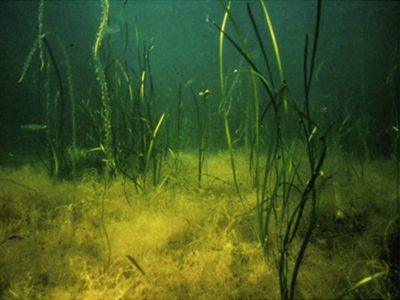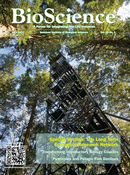KBS researchers see marginal lands as prime fuel source for alternative energy
Biofuel experts identify a way to meet 25 percent of Congress’ 2022 cellulosic energy production goals Marginal lands unsuited for food crops can serve as prime real estate for meeting the nation’s alternative energy production goals. In the current issue of the journal Nature, a team of researchers working at the MSU’s Kellogg Biological Station… Read more »



